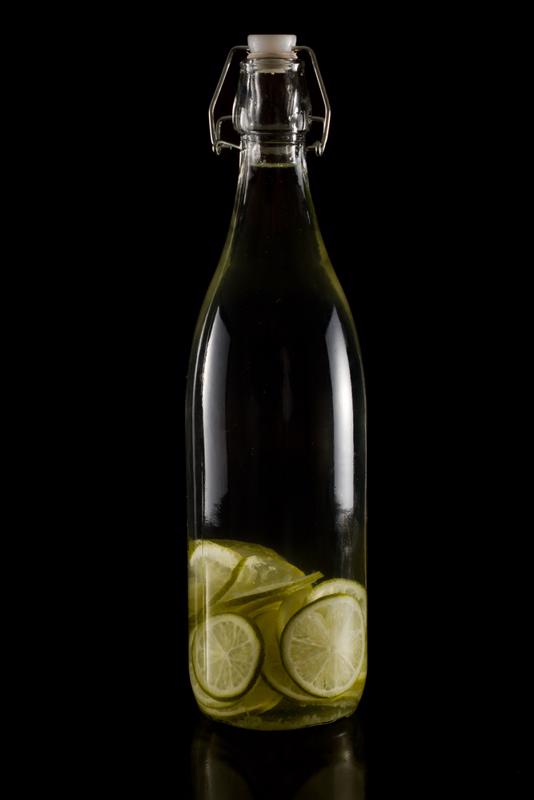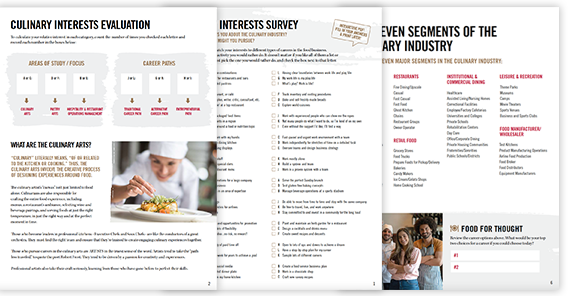Make Cocktails Better With Your Own Bitters
A few drops of bitters add complexity and bring balance to a cocktail. Every bar should have a bottle or two on hand, and you can customize the flavors by making your blend. The process takes time, so get started today with some simple recipes.
Here are a few tips for making your first batch and changing the way you enjoy an evening drink.
Select your botanicals
The most important factor in determining the taste of your bitters is what botanicals you include. Serious Eats pointed out that wormwood, gentian root and cinchona or quassia barks are all traditionally employed as bittering agents. However, a wide range of ingredients will work as long as they’re sufficiently potent and concentrated.
Combine an intriguing array of aromatic and flavoring agents with the bittering agent. The Kitchn recommended using:
- Spices like star anise, allspice, cardamom, nutmeg, celery seed, vanilla beans, cinnamon, fennel, cloves, coriander, peppercorns, ginger and juniper berries.
- Flowers and herbs, such as lavender, mint, rose, lemongrass, rosemary, sage, and thyme.
- Citrus peel or dried fruit.
- Nuts, cocoa nibs or coffee beans.
Create infusions
After you’ve selected your flavors, you must infuse them into a high-proof liquor. Some opt for a neutral-flavored grain alcohol, while others prefer the added taste of bourbon or rye. Some recipes recommend placing each of the botanicals in a separate jar with some alcohol since it can take some ingredients longer to infuse than others. However, many directions, like the ones from Food & Wine, suggest combining the ingredients first to get a more fully blended flavor.
Whichever method you choose, be careful about the proportion of solids to liquid. Use one or two tablespoons of a botanical to every four ounces of liquor. If you like, adjust this ratio as you continue to experiment.
Cover the jars and allow the botanicals some time to infuse into the alcohol, shaking them once a day. Depending on the ingredient, it can take a few days or weeks for the liquid to take on its aroma and taste.
 Interesting infusions can make all the difference in your bitters.
Interesting infusions can make all the difference in your bitters.Strain and combine
As each of the botanicals infuse, strain out the solids with a cheesecloth or coffee filter. Then, blend the tinctures to create your bitters. Try using different amounts of each flavor to see the effects on the final product. Once you’ve bottled the bitters, allow at least a few more days for the tastes to develop fully before you start using them in cocktails.
Want to make your passion a career? Check out the culinary arts degree and diploma programs at Escoffier.





Wow!!! Interesting post, Thanks for sharing with us. I will also try for it.